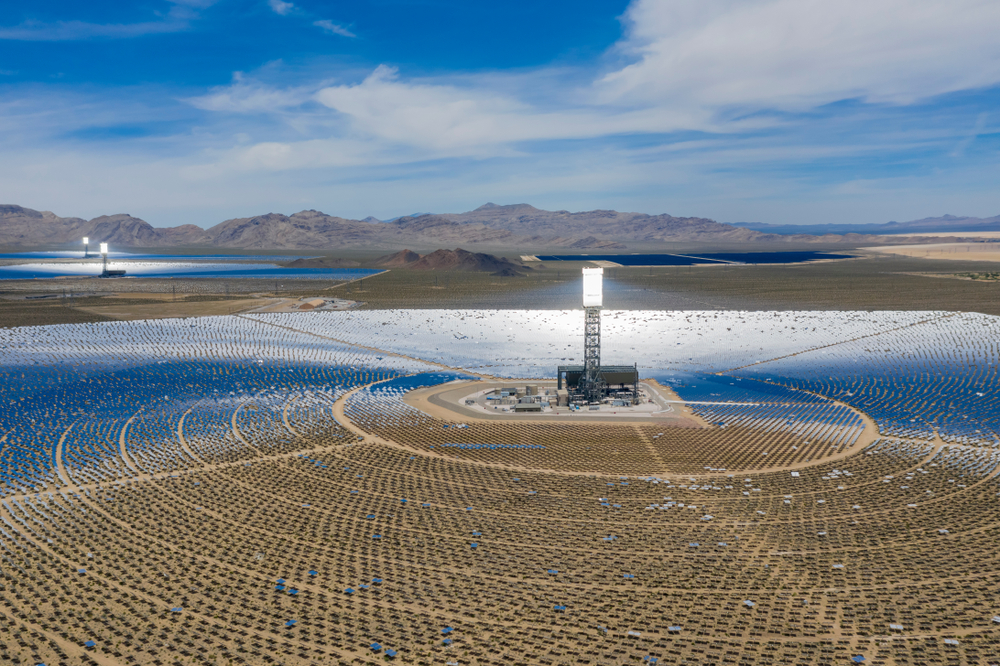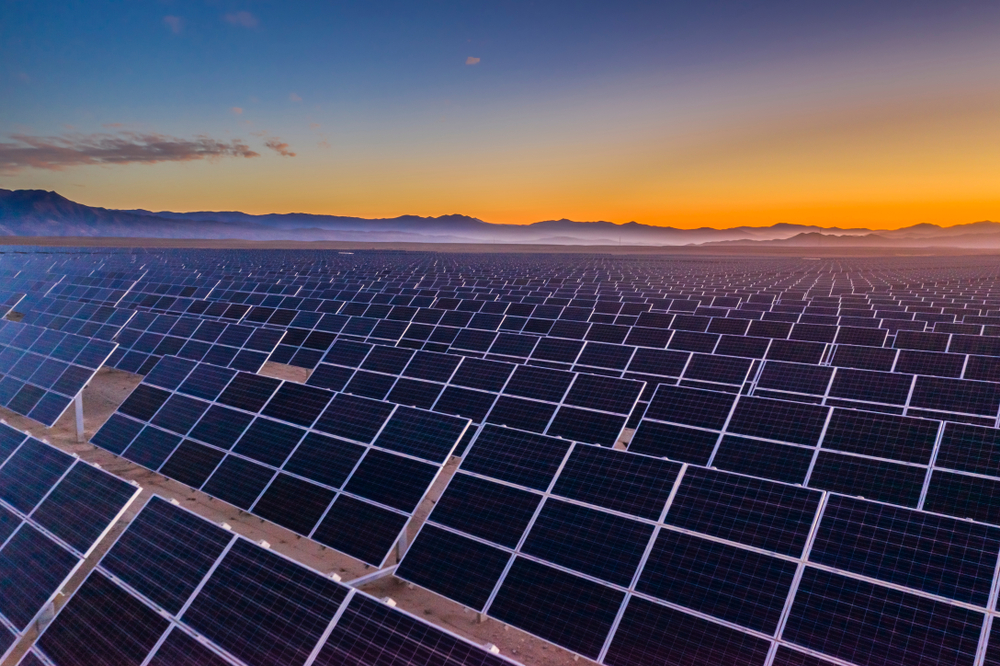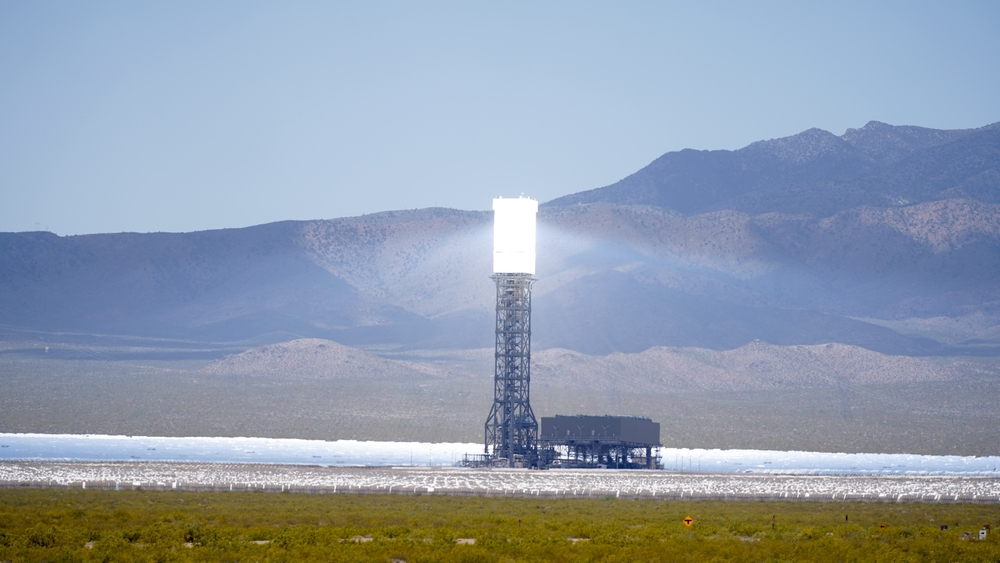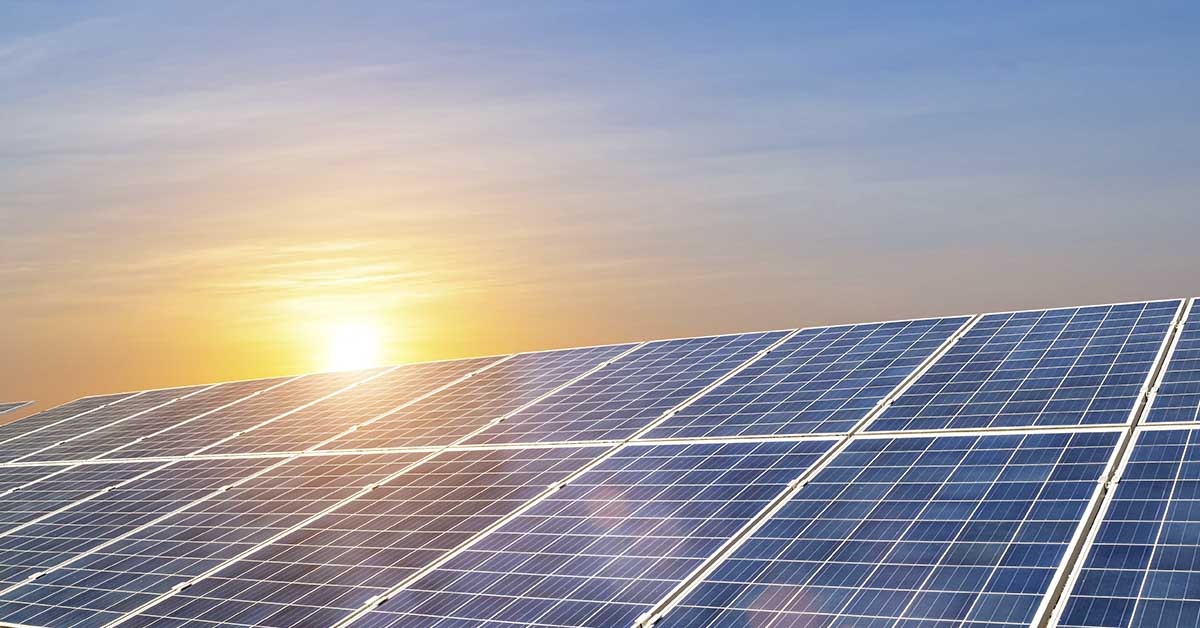When the Ivanpah Solar Electric Generating System opened in California’s Mojave Desert in 2014, it was hailed as a monumental achievement – the largest concentrated solar power (CSP) facility of its kind in the world. Backed by a $1.6 billion federal loan guarantee and involving tech giants like Google, the $2.2 billion project was meant to power tens of thousands of homes and stand as a shining symbol of America’s clean energy future. Just over a decade later, the massive plant is set to partially shut down in 2026, well before its planned 2039 expiration date. The decision by utility companies to terminate their power purchasing contracts signals a stark conclusion: the complex technology, once deemed revolutionary, is now an economic relic.
What Kind of Solar Power Plant Was It?

Ivanpah did not use the flat, blue-black panels seen on rooftops, known as photovoltaic or PV solar. Instead, it employed a pioneering, complex technology called Concentrated Solar Power (CSP), specifically a Solar Thermal Power Tower design.
The plant featured a sprawling array of over 170,000 computer-controlled mirrors, or heliostats, which spanned 13 square kilometers of the desert floor. These heliostats tracked the sun and focused its intense energy onto water-filled boilers atop three colossal, 450-foot towers. This concentrated heat created superheated steam, which then drove conventional turbines to generate electricity, much like a fossil fuel or nuclear plant.
Why the Power Plant Is Shutting Down
There are a few reasons it is shutting down, and they mostly come down to cost concerns. The primary reason for Ivanpah’s premature shutdown is not a total failure of the technology, but rather economic obsolescence driven by a rival solar technology. All of this comes down to the following:
- The Cost Collapse of PV: Since Ivanpah was conceived and built, the price of standard PV solar panels has plummeted dramatically. Simple PV solar farms are now significantly cheaper, easier to install, and more affordable for utilities to operate. This outcompetes the complex, capital-intensive CSP design.
- Operational Inefficiency: To maintain operational temperatures and stabilize output, especially during startup or cloudy periods, Ivanpah relied on burning natural gas. This dependence added to its operating costs and undermined its status as a purely “clean” energy source.
- Lack of Storage: Unlike modern CSP plants that use molten salt to store heat and generate electricity after sunset, Ivanpah lacked thermal energy storage. This limitation, combined with high operational costs, made the electricity it produced simply too expensive for utilities to justify keeping their contracts in place. These companies ultimately terminated their power purchase agreements to save ratepayers money.
Read More: California Covers Canals With Solar Panels to Combat Drought and Produce Clean Energy

Environmental Toll
Beyond economic struggles, the Ivanpah plant gained notoriety for a grim environmental side effect: bird mortality. The immense heat generated by the thousands of mirrors, often referred to as the “solar flux,” creates lethal temperatures near the central towers. Birds and bats flying through this concentrated light often ignite mid-air, leading to the nickname “solar incinerator.” Earlier reports estimated the plant was responsible for the deaths of at least 6000 birds annually. This drew heavy criticism from environmental groups. The plant also required a significant amount of land and displaced fragile desert habitat, including that of the threatened desert tortoise.
What This Means for the Future of Solar Energy
The closure of Ivanpah serves some powerful lessons in energy innovation and market dynamics. The first of these is that simple is best. Ivanpah’s demise underscores the explosive success of PV technology, proving that a simpler, mass-produced approach ultimately will beat out a high-tech engineering marvel on cost. Second, it serves as a cautionary tale for new tech. For some, the $2.2 billion project is a symbol of wasted taxpayer dollars and a warning about investing in unproven large-scale technology. Others, however, argue that this is simply the nature of innovation. Pioneering projects require risks, and those failures pave the way for successful technologies.
One final question left over is what will happen to the land that the plant was using. The site’s operators plan to decommission the failing units and may repurpose the vast tract of land for cheaper PV solar energy production. This proves that the Mojave Desert is still prime real estate for solar, just with a different technology.
The Bottom Line

The Ivanpah Solar Electric Generating System will be remembered as a bold, ambitious experiment that aimed to solve the world’s energy crisis. While it proved the technical feasibility of concentrated solar power, it could not outrun the rapid economic advances of the simpler photovoltaic panel. Ivanpah’s sunset is not a failure of solar energy itself, but rather a dramatic conclusion of a market competition, marking the end of one era of renewable energy and confirming the dominance of another.
Read More: Australia Plans to Build World’s Largest Renewable Energy Hub Featuring 60 Million Solar Panels

